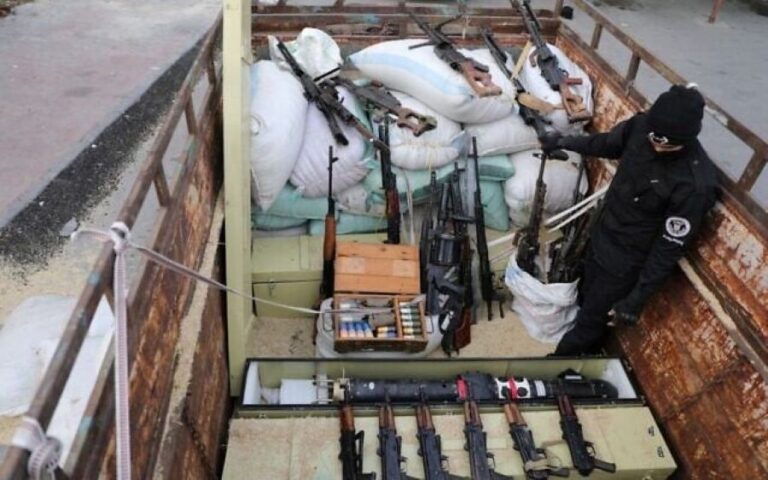 The following article appears in Tuesdays NY Times:
The following article appears in Tuesdays NY Times:
Teetering on their bicycles or strolling amiably while chattering into cellphones in Yiddish, Dutch, French, Hebrew or English, the Orthodox Jews of this Belgian port city have set the tone of its lively diamond market for more than a century.
Hoveniersstraat, or Gardener’s Street, is the backbone of the market, where four-fifths of the world’s uncut diamonds are traded. It winds past the L & A Jewelry Factory and the office of Brinks, the armored car company, and on to the World Diamond Center just opposite the little Sephardic synagogue. On any given day but Friday, it is sprinkled liberally with Orthodox Jewish diamond traders, many of them Hasidim.
But today their livelihoods, perhaps even their way of life, are beginning to seem threatened as foreigners move in, most notably Indians, but also Lebanese, Israelis, Russians, Canadians and others. Moreover, many jobs traditionally linked to the diamond trade, like cutting and polishing the stones, have emigrated in recent years, driven away by high taxes and salaries, to Tel Aviv or to low-wage countries, particularly India.
And now the financial crisis and the jolt to the United States are shaking the diamond trade, especially in the holiday season, when a large part of the world’s retail diamonds are bought and sold.
“Roughly half of all the polished diamonds traded in Antwerp are sold to consumers in the United States,” said Philip Claes, spokesman for the World Diamond Center, a trade promotion group. “And half again of those are sold between Christmas and New Year’s, with a little extension trailing to St. Valentine’s Day.
“What we see is exports down more than 10 percent,” he added. “It means trouble.”
Diamond miners from Russia and South Africa reported that deliveries of rough diamonds to the market were off as much as 40 percent. Dealers talk of a ripple effect: when retail sales are off, sales of polished diamonds are off even more, and of uncut diamonds even more. Last month, the center laid off 24 employees, from a staff of 320.
Many Jews came to Antwerp’s diamond trade in the late 19th century, when they fled pogroms in Eastern Europe. Many were on their way to the United States but settled here in Antwerp, hindered from crossing the Atlantic by illness or a lack of money.
Over the years they have been shielded from the storms of the diamond market by the family structure of the business, in which companies are handed down father to son or shared among brothers.
“The total assets of a diamond company are its trading assets,” said Freddy J. Hanard, 60, a former diamond banker who is now chief executive of the Diamond Center. “You’re not talking huge investments in equipment. So knowledge of who you are dealing with is important.”
Jewish dealers can often be seen with a large briefcase, chained to their belt, containing much of their inventory. To this day, when a diamond changes hands, the seller, regardless of his ethnic background, says in Hebrew, mazel, meaning good luck.
In all, the market employs about 7,000 people and creates work indirectly for another 26,000 as insurers, bankers, security guards and drivers. But the market has lost 25,000 jobs, directly and indirectly, since the 1970s, Mr. Claes said, with the exodus of cutters and polishers to markets like Mumbai, Tel Aviv and Dubai.
Despite the current gloom, however, Antwerp remains a vital Jewish community. “There are only a few places today where you can see the way the Jews lived in the 17th and 18th century in Eastern Europe,” said Julien Klener, 69, who is president of the Consistory, an umbrella organization of Jews in Belgium.
Indeed, to wander today through the former Jewish districts in Polish cities like Krakow or Lodz is to encounter mainly ghosts. But the streets of Antwerp’s main Jewish quarter, adjacent to the diamond market, are full of life.
Moskowitz’s butcher shop (“Since 1933”) is filled with customers, as is Kosher King across the street. In the evening, Hoffy’s restaurant on Lange Kievitstraat is filled with diners, conversing animatedly in French and Dutch but mostly Yiddish, the language of the community. Antwerp remains one of the world’s few centers of spoken Yiddish.
Ari Epstein, 33, is the son of a diamond trader, whose father emigrated from a village in Romania in the 1960s. “It’s a typical shtetl environment,” he said, wearing the yarmulke with a business suit. “It’s live and let live. Most important is to do business together and to be honorable.”
About a year ago, Meilech Bindinger, 30, a native of Newcastle, England, who married an Antwerp woman about 10 years ago, was asked by the rabbis of his Orthodox community to organize local social services, especially the Jewish Welfare and Health Care. He now has about 200 men and 150 women as volunteers whose main task is to visit the elderly and sick and help establish rooms in local hospitals where the Orthodox can feel comfortable with a place to pray or read and kosher meals to eat.
Many of the aged, he said, wearing a yarmulke under his black, broad-rimmed hat and toying with his earlocks, are “Holocaust survivors in their twilight years, with unique requirements and sensibilities.”
“Vivid memories resurface. We are trying to find how to work in sensitive areas.”
But now with the mounting trouble on the diamond market, the organization faces other challenges. “Every not-for-profit organization feels the credit crunch in a big way,” he said, acknowledging that the organization “is in the red.” He added, “It is tight.”
Some, like Mr. Epstein, said that even with charity, things will never be the same again in the Jewish diamond world. “Buying and selling is not enough,” he said. “We need accountants, administrative directors, specialists for all you do.”
As the son of a diamond trader, he grew up in the world of buying and selling. Yet he opted to study law, then went into management at the Diamond Center.
“This comes as a shock to the diamond dealers,” Mr. Epstein said. “But the time of the grocery stores is over,” he said. “We live in a world of the supermarket.”











4 Responses
Very intersante article.
I think its the wrong time to publicize about how jews are carrying the jewels on them attached to chains etc, it can give them ch’v’sh ideas. Hashem should watch over every nefesh in every corner of the world.
yep, I was just there… dead as a doornail
Please pay careful attention to the third paragraph from the end.(Kiddushin daf 30)